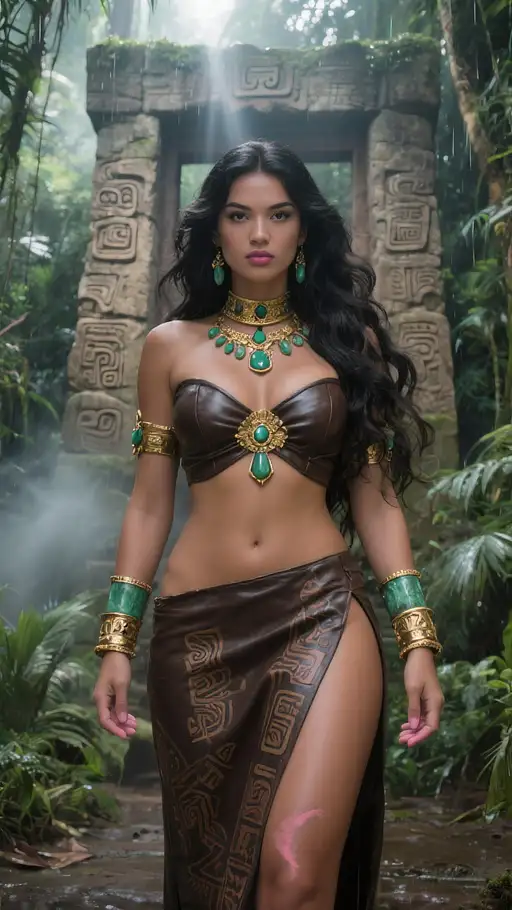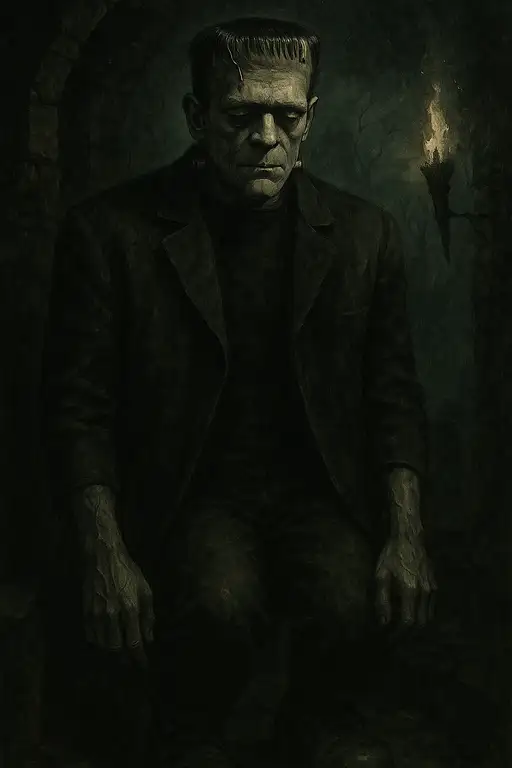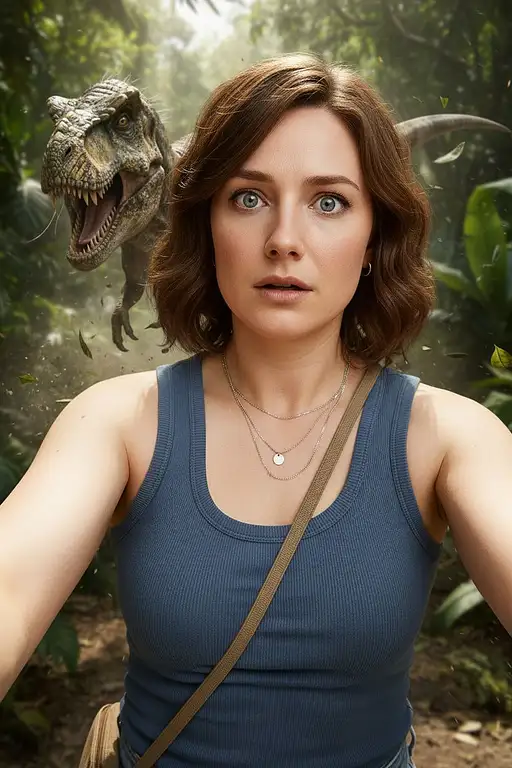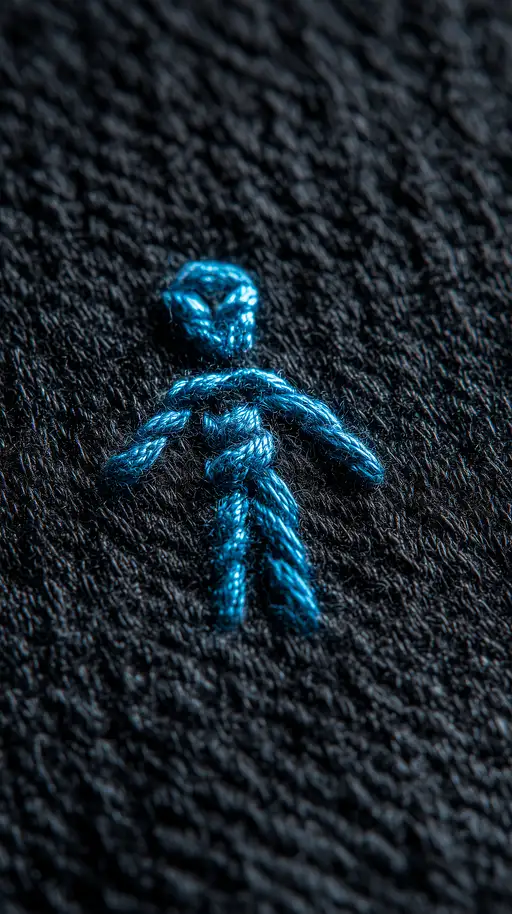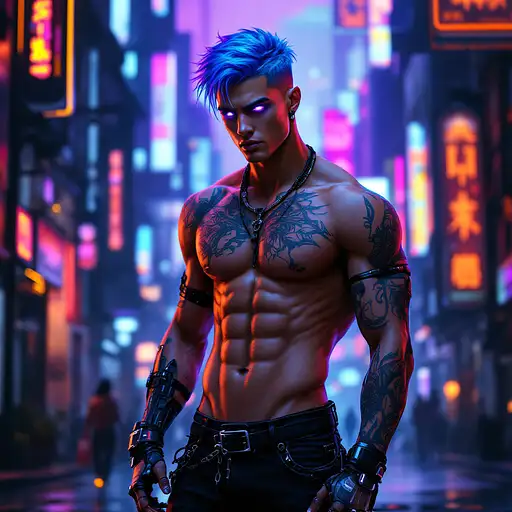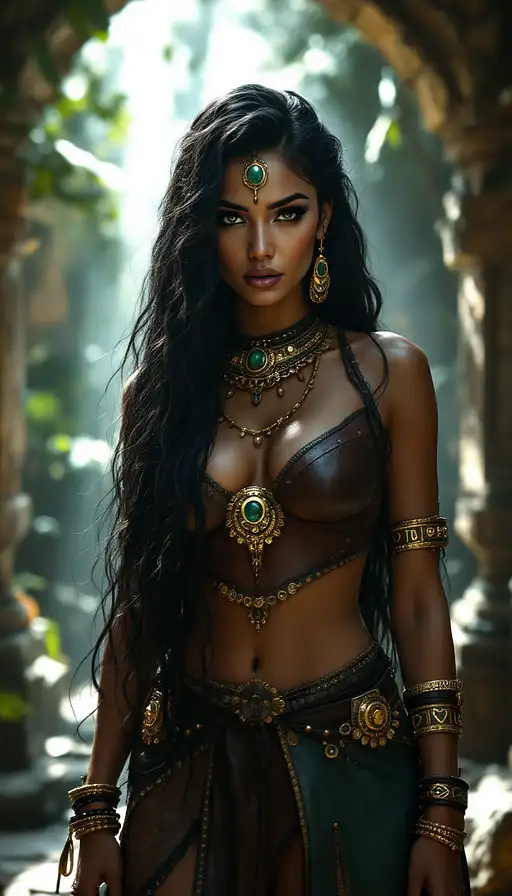5 months ago
[Image Type: High-resolution black and white photograph / Realistic grayscale digital portrait / Detailed oil painting] of Lord Kelvin (William Thomson).
General Appearance:
Age: Depicted in his older years, appearing as an elderly man (likely 70s-80s), with distinct signs of age.
Expression: Calm, dignified, and sagacious. His gaze is direct and piercing, conveying deep intellect and wisdom. There's a subtle seriousness or introspection in his eyes.
Facial Details:
Face Shape: Long and somewhat narrow, with a prominent forehead and a distinct, long, and full beard contributing to the overall shape. His cheekbones are somewhat defined.
Skin Tone: Fair complexion, rendered in a detailed range of grayscale tones (for photos) or with realistic aged skin texture (for paintings). Shows prominent wrinkles, especially around the eyes, forehead, and cheeks, reflecting his advanced age.
Hair:
Color: Predominantly white or silver-white, very thin on top, revealing a significant portion of his scalp.
Style: Short and thinning on the sides, often appearing somewhat wispy or disheveled around the temples.
Eyes:
Color: Appears as dark to medium gray in grayscale, suggesting a darker eye color (e.g., blue or brown). His eyes are deep-set.
Shape: Almond to slightly hooded, with a sharp, intelligent, and focused gaze that appears to look directly at the viewer or slightly past them.
Eyebrows: Thin to medium density, often appearing light gray or white, and somewhat unruly or bushy, especially at the inner ends.
Nose: Long, straight, and prominent, with a refined, slightly pointed tip.
Mouth and Lips: Lips are mostly obscured by his beard. What little is visible suggests thin lips, usually closed in a neutral or slightly downturned expression.
Chin: Completely covered by his prominent beard.
Distinguishing Features: His most striking feature is a very long, full, and flowing white or silver-white beard, extending down past his chest in some depictions. The beard is thick and appears slightly unkempt or natural, not tightly trimmed. The hair on his head is distinctly sparse, contrasting with the fullness of his beard.
Body and Clothing Details:
Posture: Appears upright and distinguished, typically shown from the chest or waist up. In some paintings, he may be seen wearing academic robes.
Clothing: Dressed in formal attire of his era (late 19th - early 20th century).
Suit Jacket: A dark-colored (black or very dark grey) suit jacket, often made of a heavy fabric.
Vest/Waistcoat: A dark vest (waistcoat) may be visible.
Tie/Cravat: A dark tie or cravat, often with a subtle pattern or fold, worn beneath his prominent white collar.
Shirt: A crisp white dress shirt with a high, stiff collar.
Academic Robes (optional for paintings): In some artistic renderings, he might wear a dark academic gown with a distinctive orange or red academic sash/hood over his shoulders.
Background and Lighting:
Background: Simple, plain, and often dark or muted, typically a solid dark gray, black, or deep brown backdrop, or a subtly textured wall. The background should be non-distracting and softly blurred to keep the focus on him.
Lighting: Soft, even lighting that sculpts his face and highlights the texture of his white hair and beard. The light often comes from the front or slightly to one side, creating subtle shadows that add depth to his aged features.
Overall Mood/Atmosphere: Intellectual, venerable, wise, and iconic. The image should convey his profound scientific legacy and dignified presence.
